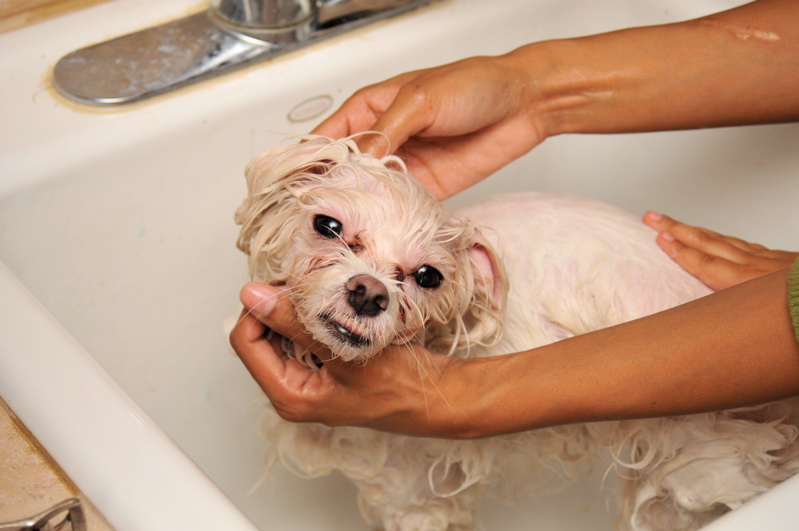Vaccinations are essential to the health of your dog. Through the prevention of diseases, your dog will be able to enjoy a longer and healthier lifestyle. Family and friends will also be safeguarded from the terrible symptoms brought on by serious diseases. Below are six diseases that vaccinations—like those available at A to Z Vet Supply—will help to prevent against:
Rabies
As soon as the symptoms of Rabies begin to surface—the disease is inevitably deadly. Passed on to humans through the bite or even the scratch of an infected animal, the virus rapidly advances to the brain and central nervous system. The law requires, in fact, that your dog is vaccinated against rabies.
Canine Distemper
Coughing, nasal discharge, vomiting and diarrhea, and seizures are all symptoms of dogs that are infected with canine distemper. Direct contact with a sick dog, or with an area contaminated by that dog, will cause other dogs to become infected with the disease. It’s strongly recommended that every dog is vaccinated against canine distemper, which will usually start with a number of shots when they are a puppy.
Canine Infectious Hepatitis
This hepatitis virus is transferred through urine or secretions from the eye or nose of an infected animal. Canine infectious hepatitis is a viral disease of the liver and can lead to serious and potentially long-lasting damage. It’s important to vaccinate against this disease to ensure that your dog does not have to experience permanent complications.
Canine Parvovirus
Life-threatening dehydration, vomiting and bloody diarrhea are common symptoms associated with this incredibly contagious virus. Since this virus continues to be infectious in particular environment, it’s strongly suggested that dogs are vaccinated against this disease to avoid severe problems and even death.
Canine Parainfluenza
Generally referred to as “kennel cough” in dogs, this disease is one contributor of respiratory infections. This infection can be transmitted through the air and leads to coughing and sneezing in suffering dogs.
Bordetella Bronchiseptica
Bordetella is a bacteria known to contribute to kennel cough in dogs and is similar to parainfluenza in that it’s spread through the air and highly contagious. Dogs that are infected with this disease usually spend a significant amount of time in the same proximity with a number of other dogs—which is exactly why experts urge owners to vaccinate their dogs against this disease prior to attending a highly populated dog environment.
To find vaccines for dogs for sale go online and explore websites such as A to Z Pet
Supply to buy pet vaccines. Protect the health and wellbeing of puppies and dogs by giving them the immunity they need. Be prepared to defend against the deteriorating and deadly
diseases that are brought on by aggressive viruses by seeking an expert of dog
vaccinations.
Supply to buy pet vaccines. Protect the health and wellbeing of puppies and dogs by giving them the immunity they need. Be prepared to defend against the deteriorating and deadly
diseases that are brought on by aggressive viruses by seeking an expert of dog
vaccinations.
Go to A to Z Pet Supply’s website to find out more information about how to protect dogs and other pets from damaging diseases:
http://www.atozvetsupply.com/























